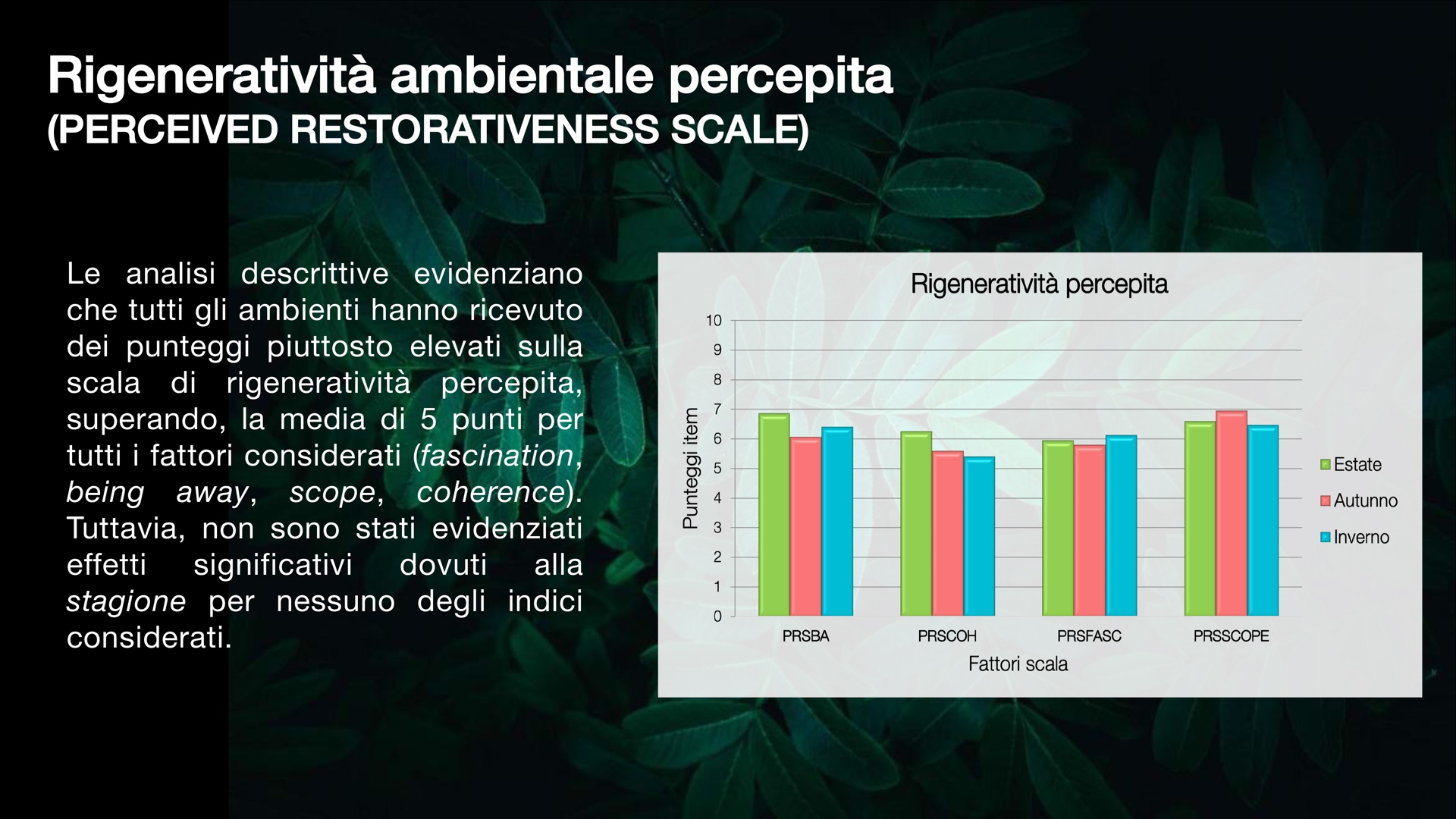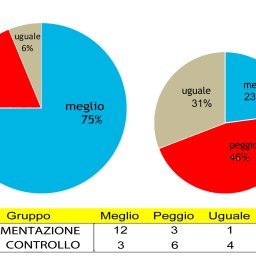
In daily life, we are exposed to an enormous number of stimuli: attention mainly helps us to focus on some information to the exclusion of others, to distribute attentional resources among several tasks, and to concentrate for a certain period of time on a given task. The difficulty of maintaining focused attention on a task/task in the presence of distractions is a common and rather frustrating experience known as ‘mental fatigue’.
In addition to the inability to concentrate and increased distractibility with obvious performance impairments, mental fatigue also has negative effects on mood, increases irritability, aggressive behaviour, anti-social behaviour, and decreases altruistic behaviour. The condition of mental fatigue also exposes the individual to an increased risk of experiencing psycho-physiological stress.
Taken from “Introduction to Biophilia” by Giuseppe Barbiero and Rita Berto.
Attention Restoration Theory, Kaplan & Kaplan (1989)
Building on the work of James (1892),Attention Restoration Theory (Kaplan, 1995) is based on two distinct components: an ‘involuntary’ component called fascinationwhich is captured by intrinsically interesting stimuli, requires no effort on our part to maintain and is almost impervious to distraction, and a ‘voluntary’ component called directed attention , which, in contrast, requires considerable effort to maintain and the intervention of the distraction inhibitory mechanism.
Nature, unlike the city, is full of stimuli that are interesting in themselves and do not require mental effort. This allows involuntary attention to be activated, allowing our brain circuits responsible for attentional functions, in particular the prefrontal cerebral cortex, to rest and refresh a little.

According to Attention Restoration Theory, a restorative environment must be characterised by four components or properties: being-away, extent, fascination, and compatibility.
Being-away (sense of escapism): to experience an environment physically different from the one experienced in daily life, to perceive being in a different place, away from sources of mental strain and routine.
Extent: an environment must be sufficiently extended and coherent so as to engage and capture attention and promote exploration without cognitive effort. The regenerative environment is a place in which all its elements are coherently connected.
Fascination: environments characterised by aesthetically pleasing stimuli that promote a deeper regenerative experience.
Compatibility, possibility of a place to support the intentions and expectations of the subject.
According to the Attention Restoration Theory, stimulating the use of involuntary attention by being in contact with the natural environment, which is inherently rich in soft fascination stimuli (sunset, light reflections, windblown leaves), is an effective way of regenerating directed attention and ensuring good cognitive functioning.

Marc G. Berman, a psychologist at the University of Michigan, together with his colleagues, demonstrated the cognitive benefits of Nature by having two groups of people, one of whom was left walking in a forest and the other outdoors but in the city, perform simple standard memory tests such as repeating in reverse a short sequence of random digits they had just heard.
Walking in a city forces the brain to remain constantly alert to avoid obstacles and potential hazards such as moving cars, maintain orientation so as not to get lost, and ignore irrelevant stimuli including those few natural ones that are also there in an urban environment.
The result showed that walking in the city is less regenerative than walking in the serenity of Nature.
In a second experiment reported by the researchers in the same article published in Psychological Science, it is shown that just looking at images of Nature versus city environments can have the same beneficial effect on cognitive functions.

“The two experiments we presented – Berman explains – show that walking in nature or even just observing images of natural environments can improve the attention needed to perform simple cognitive tasks, validating the Attention Restoration Theory”.

ALAMAR LIFE VIDEOS AND THE THEORY OF ATTENTION RESTORATION
The projection of natural images fulfils the four requirements of the Theory of Regenerative Attention, necessary for a place to be Regenerative: it allows the same environment to always be perceived as new (Being-away), it transforms an artificial place into a natural environment (Fascination), it allows for effortless exploration (Extent), and it fulfils everyone’s wishes with the scenarios and seasons preferred by observers (Compatibility).
Immersion in Nature not only regenerates the attention span, but also increases creativity, imagination, intuitive and cognitive skills; it also significantly improves short-term memory.
Watching the Experience Nature videos also acts on stress and depression (Stress Recovery Theory), bringing relaxation, serenity, transforming negative moods into positive ones and also reducing the perception of pain.
UNIVERSITY OF PADUA GRADUATION THESIS
The ability of Alamar videos to regenerate attention was the subject of an experiment carried out at the University of Padua, Faculty of Psychology.
The research was carried out on 90 subjects, measuring the effects perceived after just 6 minutes of watching Alamar Life videos (via zoom, on a PC), obtaining a high regenerative capacity.
The trial also measured the ability of the Alamar videos to bring relaxation and transform negative moods into positive emotions.
All environments received rather high scores on the scale of perceived regenerativeness, exceeding the average of 5 points for all factors considered.
Watching the films also led to a significant improvement in mood pleasantness, with an increase in positive emotions, and a reduction in physiological activation, with more relaxation.


















